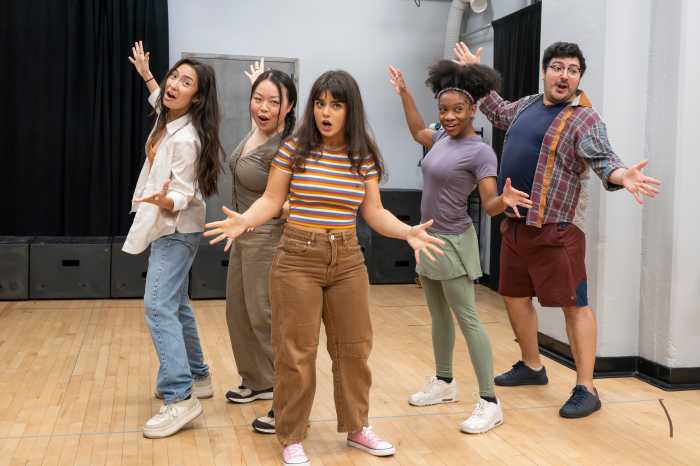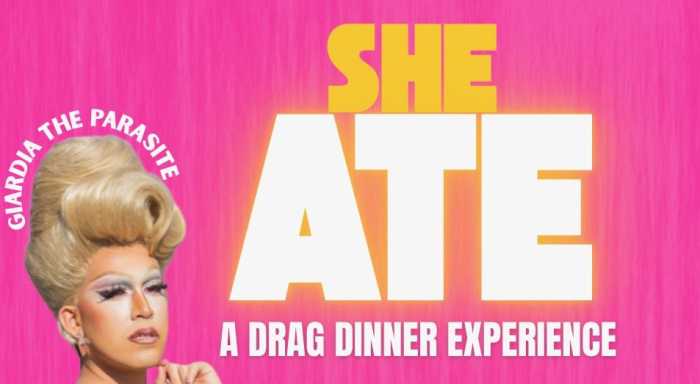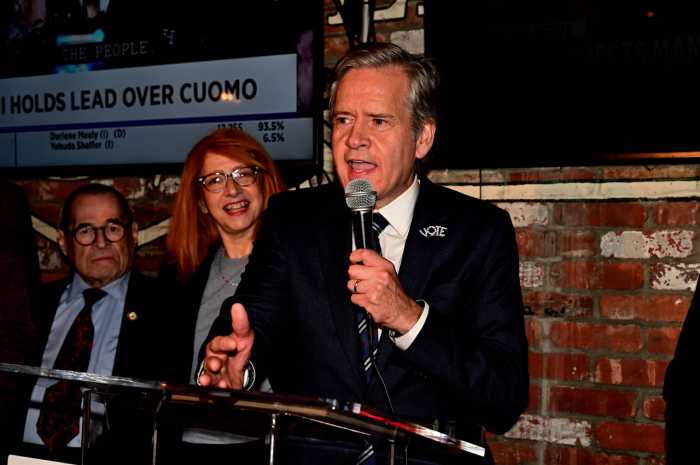New Yorkers don’t need statistics to know what’s happening on our streets. They see it. They hear it. They feel it.
A 69-year-old woman shot and killed in broad daylight while walking down the street. A mass shooting at a nightclub leaving three dead and nine injured. Teenagers playing basketball but end up ducking gunfire. In the last several weeks, we’ve seen a spate of shootings across Harlem, Brooklyn and the Bronx that once again reminded us of the human cost of gun violence. Lives stolen, families shattered, entire neighborhoods shaken.
Added to the chaos is a convergence approach of willful ignorance from both the extreme right and extreme left. The extreme right likes to pretend that guns have nothing to do with gun violence, whereas the extreme left likes to pretend that crime really isn’t much of a problem at all, and to the extent it is, that police are not part of the solution.
We truly live in strange times. But as Fiorello LaGuardia, perhaps the best mayor New York has ever had, once famously said, “There is no Democratic or Republican way of cleaning the streets.” Such is also the case with fighting crime.
But this is not an academic exercise, a matter for ideological pontification or just another front-page story. It is a matter of life and death. And it is the first responsibility of the government. Because nothing else works – schools, housing, economic development – if people don’t feel safe.
Public safety is job one. Always has been, always will be.
But the hard truth is this: denial is not a life strategy. For too long, leaders have looked the other way, telling people not to believe their lying eyes, deploying selective statistics or insisting that a few isolated incidents don’t require a real solution to a systemic crisis. New Yorkers know better. The problem of gun violence is both immediate and structural. It is about gangs and guns, but also about unemployment, disinvestment, and hopelessness. And so the solution must also be both immediate and structural.
That is why, last week, I laid out a comprehensive five-point plan to meet the challenge head-on. It is not theoretical or ideological. It is grounded in what works, what has worked before, and what will work again.
At the heart of it is a recognition that law enforcement and community investment are not competing values—they are complementary necessities. New York City today has thousands fewer officers than in the 1990s, when we drove crime down to historic lows. That absence is felt most acutely in the subway system, where riders feel under siege. We must rebuild the ranks: 5,000 more officers citywide, 1,500 dedicated to transit, and provide the incentives to keep experienced cops from walking away. Presence matters. Training matters. Precision policing that focuses on the few individuals and places driving the majority of crime matters.
But policing alone is not enough. Violence doesn’t begin with a trigger pull—it begins with despair. If a 17-year-old believes he has no future, the gang on the corner becomes his only employer, his only family. When I was governor, we invested hundreds of millions in workforce development and youth employment across the state, including in New York City. It worked. Young people who had options took them. Hope is the best deterrent to violence. That’s why my plan calls for a new $100 million investment in workforce programs and youth jobs right here in our city.
We must also confront the culture of violence itself. Community-based groups—the violence interrupters who mediate disputes before they erupt—are saving lives every day. Programs like Cure Violence and Save Our Streets have cut shootings by double digits where they operate. They are not a substitute for law enforcement; they are a partner in prevention. We should double down, expanding their reach and funding them to do what government can’t do alone: rebuild trust, defuse tensions, change behavior block by block.
And we have to get the weapons off the street. Every illegal gun we remove is a life potentially saved. Gun buyback programs aren’t glamorous, but they are effective. Every firearm surrendered is one less tool of destruction circulating in our neighborhoods.
When you weave these threads together—restoring police ranks, investing in youth and jobs, supporting interrupters, buying back guns, and targeting enforcement with precision—you begin to see the tapestry of a city that can once again feel safe. A city where children can play outside without fear. A city where families don’t have to live with the daily anxiety of stray bullets. A city where justice is measured not in political slogans but in lives preserved.
Some on the far left want to defund the police, as if stripping away law enforcement will somehow make us safer. It won’t. Others on the right talk only about more cops, as if flooding the streets alone will solve the problem. It won’t. The truth is more difficult—and more hopeful. We need police to protect, jobs to prevent, interrupters to heal, and a strategy that is smart, fair, and relentless.
We’ve done it before. When I was governor, we faced spikes in gun violence, and we brought them down. When I was HUD Secretary, we pioneered holistic approaches that became national models. We know what works. The only question is whether we have the courage to do it.
Gun violence is not inevitable. It is not destiny. It is the result of choices—our choices as a city. Let’s choose safety. Let’s choose opportunity. Let’s choose life.
Andrew Cuomo, a former governor of New York, is an independent candidate for NYC mayor.







































